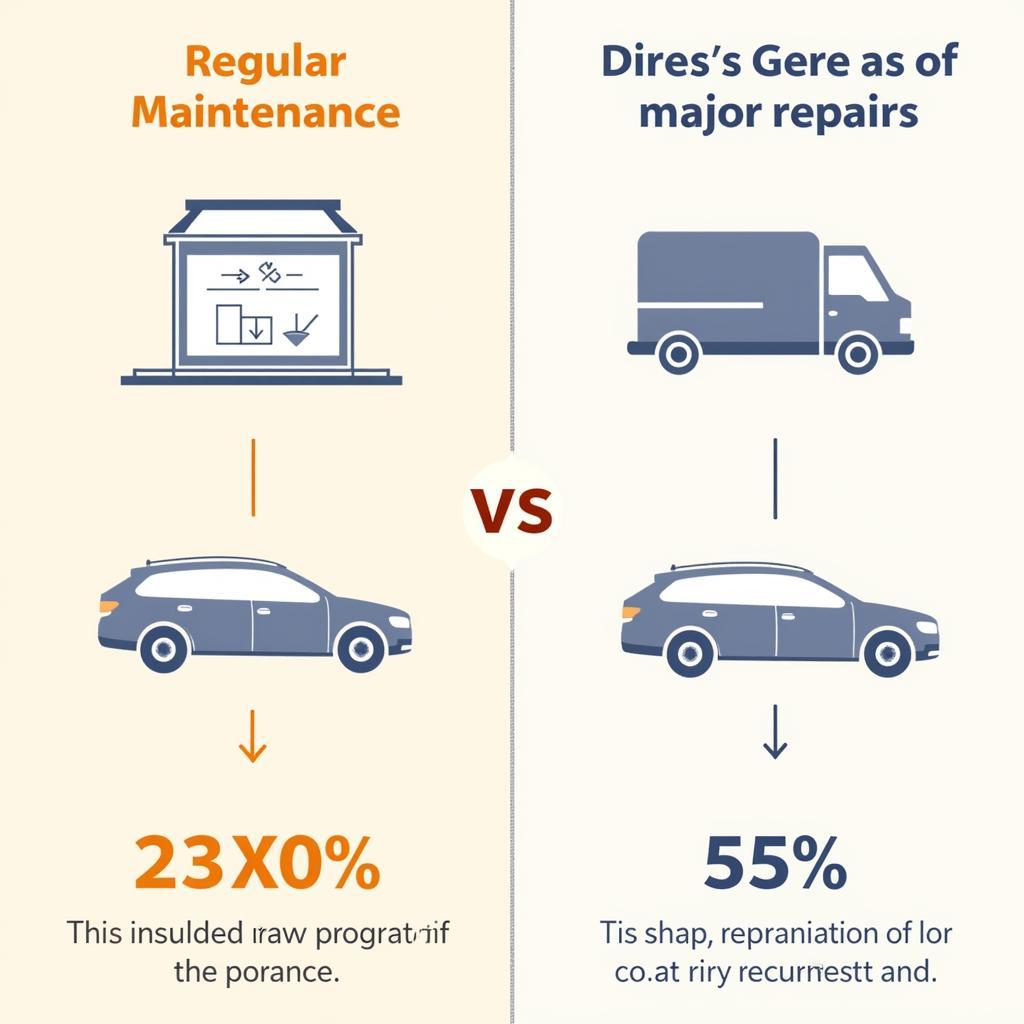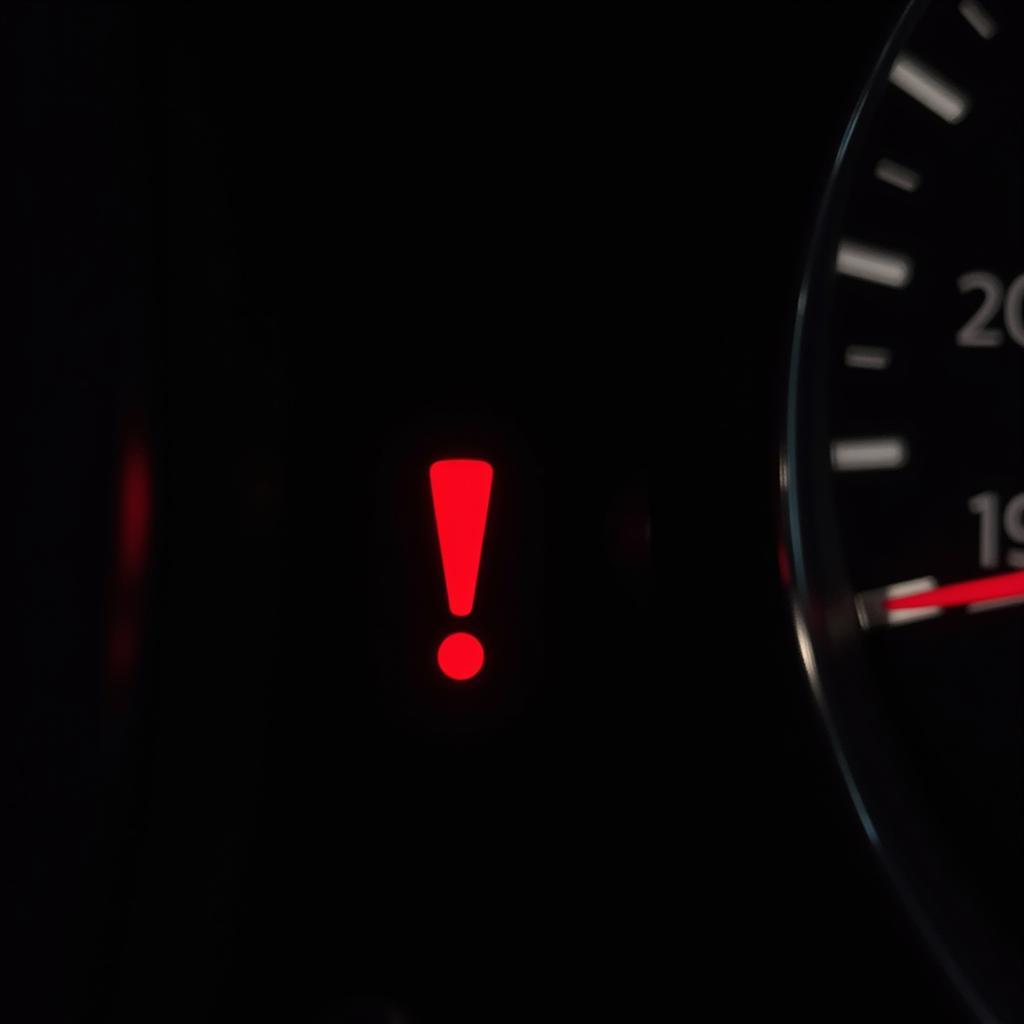Preemptive Car Maintenance is the key to keeping your vehicle running smoothly and preventing expensive repairs down the road. It involves proactively addressing potential issues before they become major problems, saving you time, money, and frustration. This guide will delve into the essential aspects of preemptive maintenance, providing you with the knowledge and tools to extend the life of your car.
Why is Preemptive Car Maintenance Important?
Regular preemptive car maintenance offers numerous benefits. Think of it as visiting the doctor for a check-up rather than waiting until you’re seriously ill. By catching small problems early, you avoid more significant, costly issues later. It’s not just about saving money; it’s about ensuring safety, improving performance, and increasing your car’s resale value. Who wouldn’t want a car that runs like a dream and holds its value?
How Preemptive Maintenance Saves You Money
Preemptive maintenance might seem like an added expense, but it’s an investment that pays off big time. Replacing worn brake pads, for example, is significantly cheaper than dealing with warped rotors or a complete brake system failure. Regular oil changes prevent engine damage and extend its lifespan, avoiding the hefty cost of an engine rebuild or replacement.
 Preemptive Maintenance Saves Money
Preemptive Maintenance Saves Money
Enhancing Safety Through Preemptive Care
Safety should always be a top priority. Preemptive maintenance ensures that all critical safety systems, like brakes, steering, and tires, are in optimal condition. This proactive approach minimizes the risk of accidents caused by mechanical failures, giving you peace of mind on the road. Imagine the consequences of ignoring worn-out tires or faulty brakes – it’s a gamble you don’t want to take.
Boosting Performance and Fuel Efficiency
A well-maintained car performs better and is more fuel-efficient. Regular tune-ups, air filter replacements, and proper tire inflation contribute to optimal engine performance and reduced fuel consumption. This not only enhances your driving experience but also saves you money at the gas pump. It’s a win-win situation!
Preemptive Car Maintenance Checklist
This checklist outlines essential maintenance tasks and their recommended intervals. Consult your owner’s manual for specific recommendations for your car model.
- Oil Changes: Every 3,000-5,000 miles or as recommended by your car manufacturer.
- Tire Rotation and Pressure Check: Every 5,000-7,500 miles.
- Brake Inspection: Every 10,000-15,000 miles.
- Air Filter Replacement: Every 15,000-30,000 miles.
- Coolant Flush: Every 30,000-60,000 miles.
- Spark Plug Replacement: Every 30,000-100,000 miles depending on the type of spark plugs.
- Transmission Fluid Change: Every 60,000-100,000 miles.
What are the common signs of car trouble?
Common signs of car trouble include unusual noises, leaks, warning lights, changes in performance, and strange smells.
*“Regular checks can significantly prevent unexpected breakdowns and costly repairs,” says John Miller, a seasoned automotive engineer with over 20 years of experience. “It’s all about staying ahead of the curve.”
Preemptive Maintenance vs. Reactive Repairs: A Cost Comparison
Let’s illustrate the financial benefits of preemptive maintenance with a simple example. Imagine a timing belt replacement, which typically costs around $500-$1,000. If the timing belt fails, it can cause catastrophic engine damage, potentially costing thousands of dollars to repair.
*“Think of preemptive maintenance as an insurance policy for your car,” adds Sarah Johnson, a leading automotive technician. “A small investment today can save you a fortune tomorrow.”
Conclusion
Preemptive car maintenance is the smart and economical approach to car ownership. By following a regular maintenance schedule and addressing potential issues proactively, you can avoid costly repairs, enhance safety, and extend the life of your vehicle. Need expert advice? Connect with us at AutoTipPro for personalized guidance and support. Call us at +1 (641) 206-8880 or visit our office at 500 N St Mary’s St, San Antonio, TX 78205, United States.
FAQ
- How often should I get my oil changed? Consult your owner’s manual for specific recommendations, but generally every 3,000-5,000 miles.
- What are the signs of worn brake pads? Squealing or grinding noises, a spongy brake pedal, and reduced braking performance.
- Why is tire rotation important? It promotes even tire wear, extending tire life and improving handling.
- How do I check my tire pressure? Use a tire pressure gauge and compare the reading to the recommended pressure listed in your owner’s manual or on a sticker inside the driver’s side doorjamb.
- What is a coolant flush? It involves draining and replacing the engine coolant to prevent corrosion and overheating.
- When should I replace my air filter? Typically every 15,000-30,000 miles, but check your owner’s manual for specific recommendations.
- What are the benefits of preemptive car maintenance? It saves money, enhances safety, boosts performance, and increases resale value.






Leave a Reply